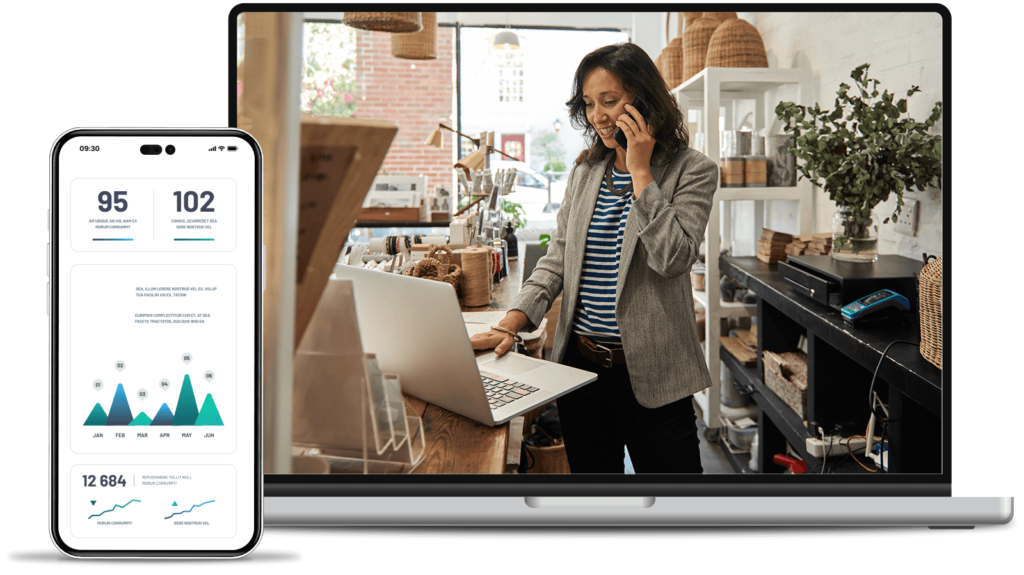
The rise of digital marketing has brought about new ways for brands to reach their target demographics. Streaming TV and programmatic video are two popular ways for brands to reach their audiences. While both approaches deliver video to the end viewers, there are key differences between the two options.
In this blog we will discuss the differences between streaming TV and programmatic video, and the benefits of both.
What is Streaming TV?
Streaming TV are video ads (commercials) that serve on popular streaming platforms such as Hulu, Amazon Prime, Pluto TV, Sling, Tubi, and more. These streaming platforms have grown significantly more popular and are projected to continue growing in the next few years. You may have also heard streaming TV referred to as “connected TV (CTV)” or “Over-The-Top (OTT)” as well. Streaming TV is a term used to encompass both CTV and OTT into one concept, as there are some differences between the two.
Streaming TV allows advertisers to reach people who have moved away from watching traditional TV. Advertisers in this space have the added benefit of being able to target based on demographics, interests, behaviors and more. Streaming TV gives advertisers the opportunity to get more reporting information that traditional TV cannot. Sometimes, streaming TV ads can even be interactive to the end viewer!
What is Programmatic Video?
Programmatic video are video ads that are served online to end viewers that are on their mobile device, tablet or desktop. Viewers can see programmatic video content on websites and various apps that allow video ads. This tactic can also be referred to as “online video” or “pre roll” by different advertisers.
Programmatic video is very targeted and allows advertisers to target people based on their demographics, interests, behaviors, etc. Reporting can be a bit more sophisticated as well as the end viewers are able to click on the ad to go to a designated landing page.
Which is best?
Although there are advantages and disadvantages to both methods, the decision of what is best comes down to the specific client, their goals and their target demographic.
Streaming TV typically has a higher CPM (cost per thousand) which means it costs more to serve the actual ad. But keep in mind that streaming TV ads can be served on large TV screens. One overlooked benefit of serving ads on a large screen is that multiple people can be watching at a single time. Programmatic video has a little bit more affordable CPM, but being that the ads serve on mobile, tablet or desktop devices, chances are only one person is viewing the ad at a time.
It’s very important to consider your target audience and where they are spending their time. Is your audience streaming shows/movies on their smart TV? Is your audience going on websites/apps to view content? If you do not know where your target audience is spending their time, reach out to our team!



